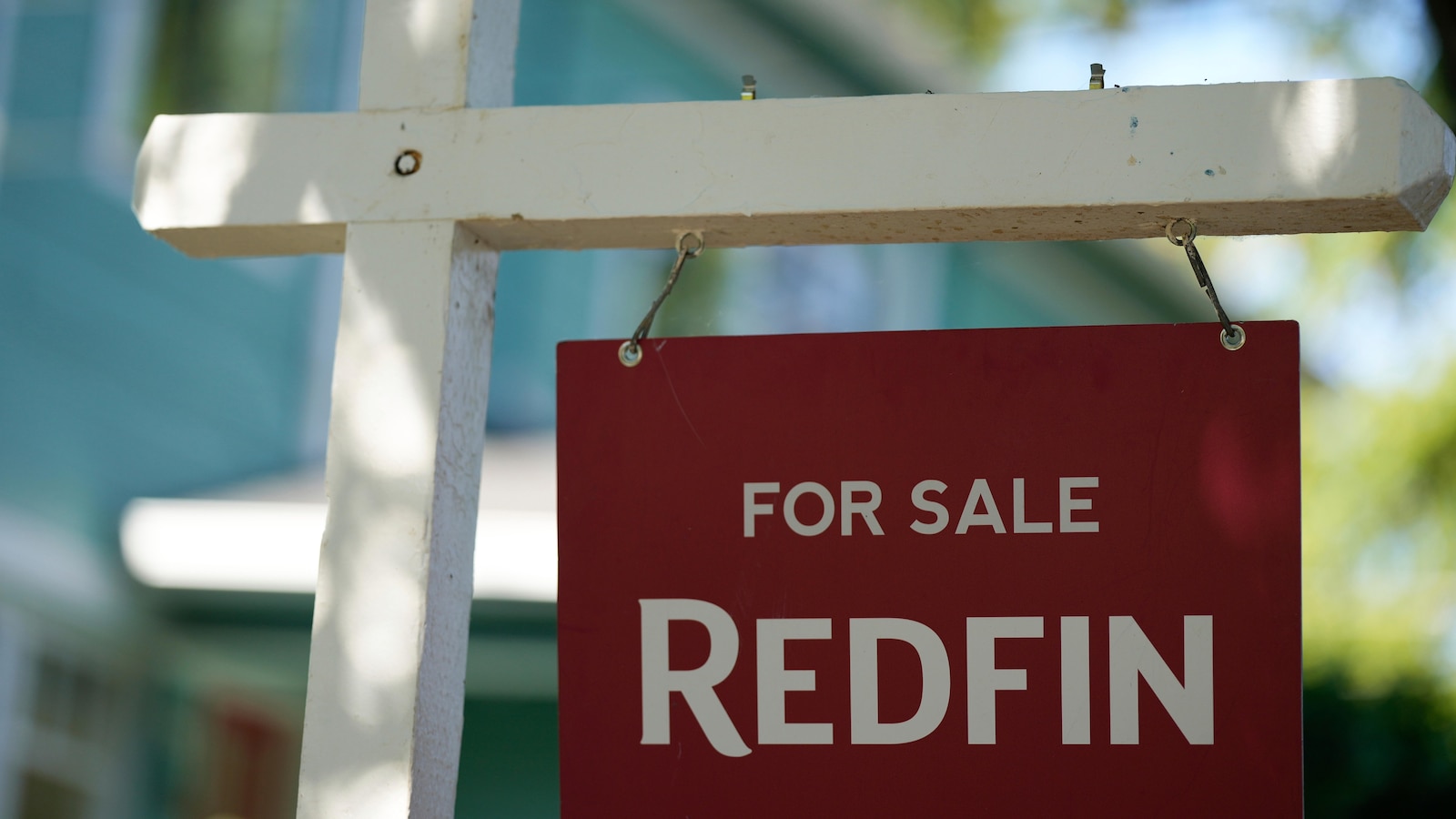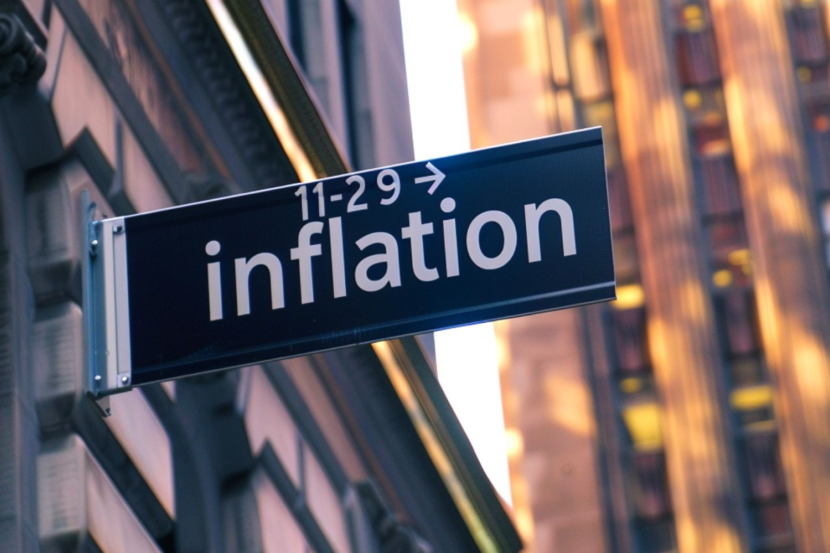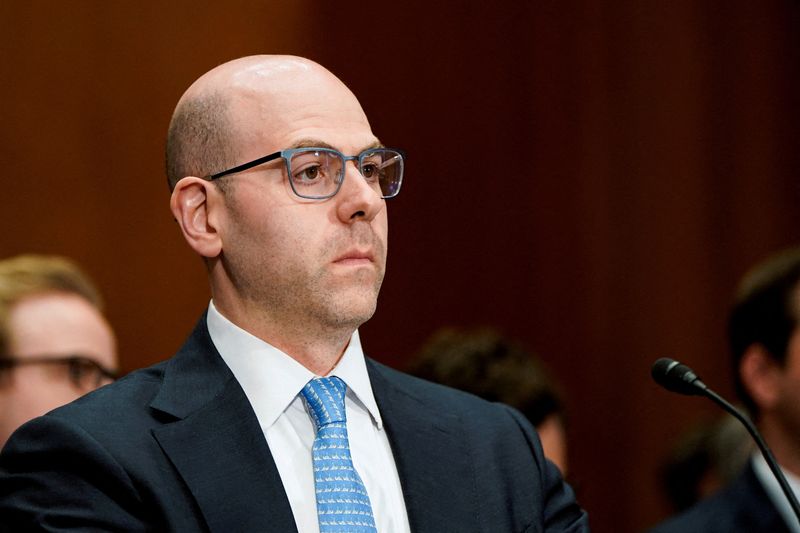Mortgage Rates Hit Lowest Level Since April

Current Mortgage Rate Trends
The average rate for a 30-year fixed mortgage has dropped to 6.63%, marking its lowest point since April, according to Freddie Mac. This is a decline from the previous week’s rate of 6.72% and offers a slight reprieve for prospective homebuyers facing historically high financing costs. Comparatively, this rate stood at 6.47% one year ago. In addition, the 15-year fixed-rate mortgage, often preferred by homeowners seeking refinancing, decreased to 5.75% from 5.85% last week, further enhancing refinancing affordability.
This downward trend in mortgage rates is a positive development for borrowers, particularly after a period of elevated rates that have weighed heavily on the U.S. housing market. Lower borrowing costs are expected to encourage more activity in a market that has seen sales slow to their lowest levels in nearly three decades.
Economic Factors Influencing Rates
Mortgage rates are heavily influenced by broader economic conditions, including Federal Reserve policies and bond market movements. The Federal Reserve recently decided to hold its benchmark interest rate steady, signaling caution amid persistent inflation concerns and a labor market showing signs of fragility.
The July jobs report, which revealed weaker-than-expected employment growth, further fueled rate declines. The U.S. economy added only 73,000 jobs in July, with significant downward revisions for prior months. This data contributed to a drop in the 10-year Treasury yield, which mortgage rates closely follow, from 4.22% to 4.16%. These developments have led to increased speculation that the Federal Reserve may cut interest rates in the coming months to bolster economic activity.
Implications for the Housing Market
The decline in mortgage rates offers some relief to a housing market that has been struggling under the weight of high borrowing costs. Lower rates improve affordability, increasing the purchasing power of potential buyers. Additionally, refinancing applications have surged, with a 5% week-over-week increase, according to the Mortgage Bankers Association.
However, experts warn that the economic outlook remains uncertain. A weaker economy, while leading to lower rates, could exacerbate risks of inflation or prolong market instability. Lisa Sturtevant, Chief Economist at Bright MLS, highlighted that while lower rates are welcome, they must be balanced against the broader risks posed by inflation and economic stagnation. Buyers and sellers should remain cautious as the market reacts to evolving economic signals.
 Sources
Sources- Average rate 30-year mortgage drops lowest level April
 yahoo
yahoo - Mortgage rates dip near 2025 lows weak jobs data
 yahoo
yahoo - Average rate 30-year mortgage drops lowest level April
 abc
abc
 Keep Reading
Keep ReadingAbout the author

Top News
Related Articles
- Average rate 30-year mortgage drops lowest level April
 yahoo
yahoo - Mortgage rates dip near 2025 lows weak jobs data
 yahoo
yahoo - Average rate 30-year mortgage drops lowest level April
 abc
abc




















